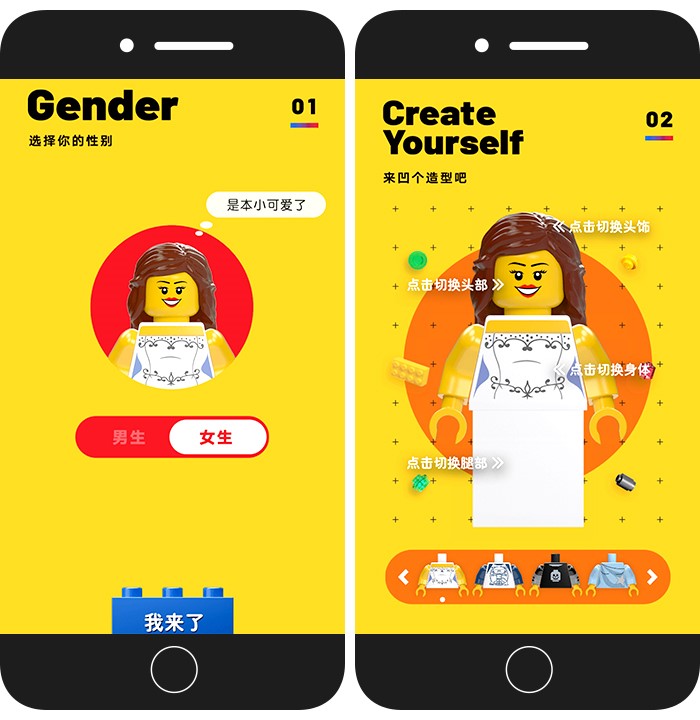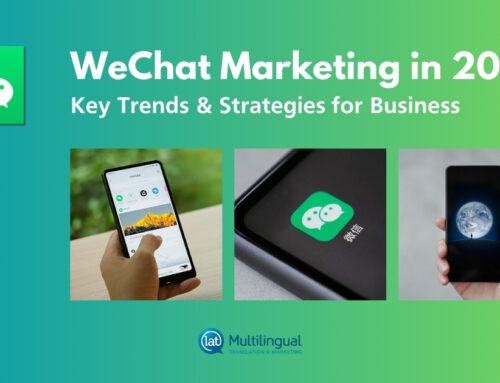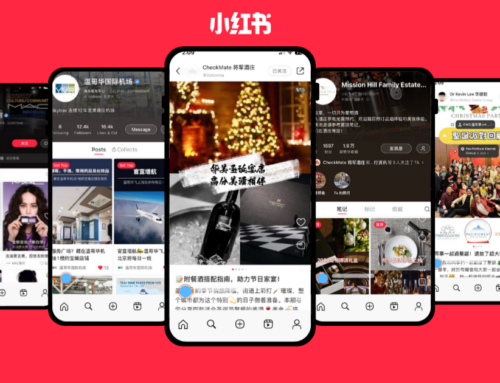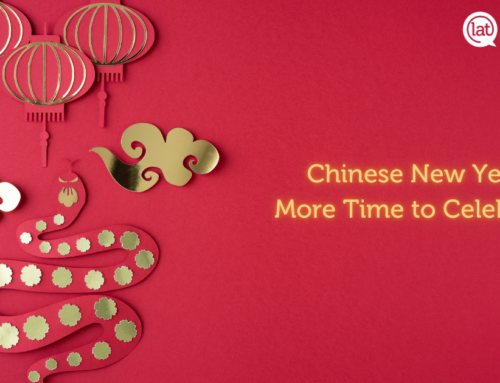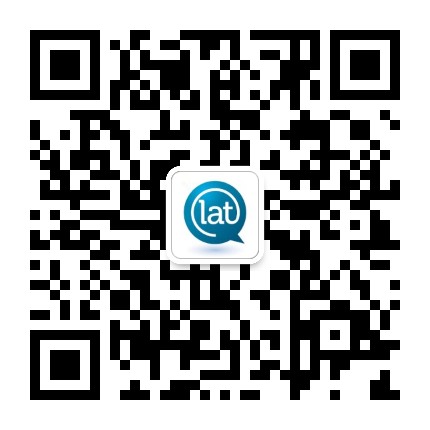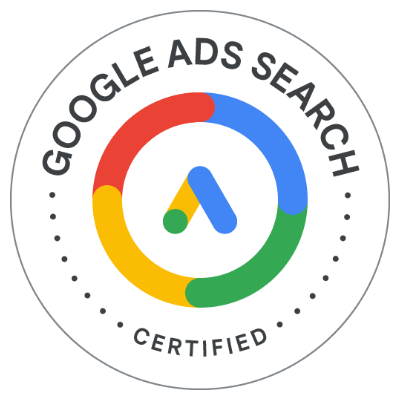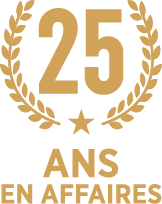Example of an interactive H5 page by toy manufacturer LEGO.
One of the latest trends in the constantly evolving world of digital marketing is HTML 5 content, allowing developers to create interactive material for marketing campaigns. But for Chinese marketers, a request for an H5 page is slightly different than for mainstream marketers, and most often has to do with WeChat.
What is an H5 page for WeChat Marketing?
The first thing to know is that H5 does not simply refer to a page made in HTML 5. While the name has roots in this technology, the name is used to describe a specific type of interactive, Chinese microsite intended to be viewed on mobile phones – and most often shared in WeChat.
H5 pages can be used for a variety of marketing applications such as games, brochures, e-vites, etc. For this reason, they are typically used to market a specific product, or to promote sales and other special events.
Designed to be highly engaging, they are most often interactive, incorporating audio, music, video animations or mobile shaking triggers.
H5 pages often rely heavily on user input (which WeChat is great at collecting), making them a good way to capture leads.
Custom or Template?
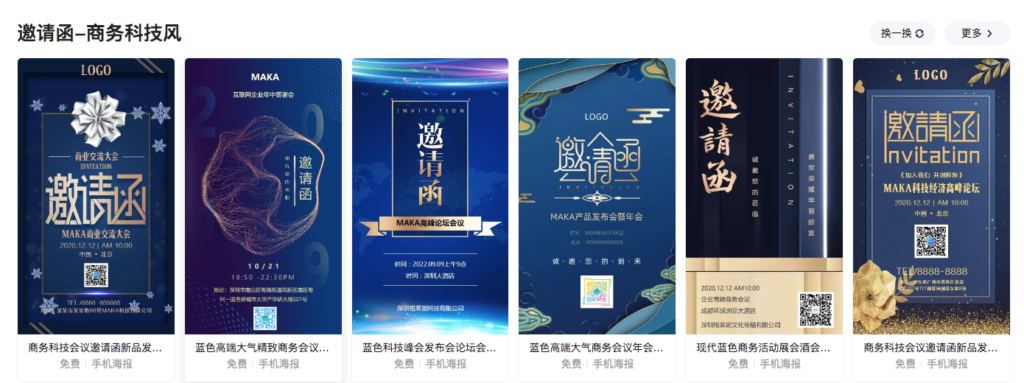
There are two ways you can make H5 pages: Professional Interaction Class (custom) or Template Assembly Class (from template). Think of it like a graphic designer creating a brochure from scratch in InDesign vs. using a software like Canva, or a website designer creating a completely custom website vs. using pre-made templates in WordPress or Squarespace.
Each method has its own advantages and disadvantages:
- Professional Interaction Class H5 pages are completely customized, highly interactive and require a high level of skill from the designer. They are therefore more expensive.
- Template Assembly Class H5 pages are based on a pre-built template so are less technically challenging and faster to make, therefore less expensive. However, they have limitations as to what you can do with them. Some popular H5 campaign creator tools are MAKA, Xiumi, EQXIU, Rabbit Pre and iH5. All of these are subscription-based.
How are H5 pages shared?
After an H5 page is created, a link and Quick Response (QR) code is created. This can then be shared on WeChat among one’s social circle, or on WeChat Moments. The link can also be shared and viewed in any Internet browser, but some functionalities may be limited. Remember, the main purpose of the Chinese H5 page is to be shared within WeChat and viewed on a mobile phone.
Things to be aware of…
Whether you are using a template or designing from scratch, there are important considerations when designing marketing collateral for Chinese viewers.
Here are a few tips:
- When marketing to Chinese audiences, you’re competing with a vast amount of content and creative campaigns. It is therefore important to focus on illustrations, artwork, animations and very detailed photography. Make sure your designer understands the Chinese aesthetic and as a client, remain open to recommendations and to move away from your brand’s usual look and feel.
- The appropriate use of colours is important. In Chinese culture, red and yellow/gold are considered auspicious while other colours may have negative connotations. For example, white is often associated with death and mourning. Depending on context, green can be considered unlucky as it is associated with infidelity and black is associated with darkness, secrecy and the unknown.
- Make sure that all Chinese content has been properly translated and localized to ensure that your intended message resonates with its target audience. There is no point investing in a fancy H5 page if the marketing text is poorly translated and ends up confusing or repelling your consumer base.
LAT helps clients like Vancouver International Airport, Magnum and many more create eye-catching H5 pages for Chinese audiences. Contact us to discuss your Chinese marketing strategy. We can help create H5 pages that will give a boost to your business!
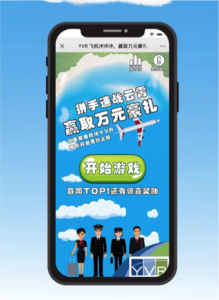
H5 “mini game’ we developed for Vancouver International Airport (YVR) to promote National Day Golden Week – China’s biggest travel holiday taking place each October. The game promoted 12 direct flight destinations and offered a $2,000 travel voucher as the grand prize.

